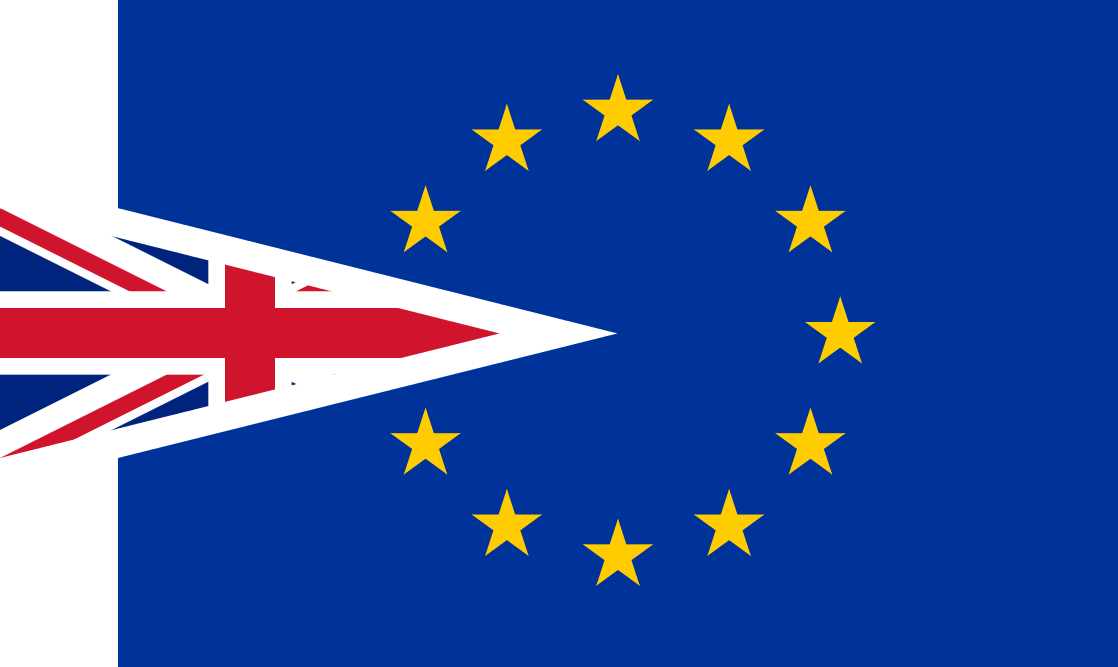Brexit is a word made up to describe the “British Exit“ from the European Union (EU). In a vote on June 23, 2016, more than half of the people of the United Kingdom (UK) chose to leave the EU.
To decide about Brexit, the UK held a special kind of vote called a “referendum” . The results were close to tied. 51.9% of the people who voted wanted to leave. People had different reasons for wanting to leave the EU. Many people wanted to limit immigrants – people who come to the UK from other countries. Some people in the UK wanted to be independent of Europe. Some people thought that leaving the EU would be better for businesses in the UK.

(Source: Rlevente [CC BY-SA 4.0], via Wikimedia Commons.)
Nearly half of the voters did not vote to leave the EU. These people thought it was better for the UK to stay as a part of the EU.
When a country leaves the EU, it loses the advantages it had as a member. The country has two years to reach new agreements. For the UK, the original deadline (time limit) was March 29, 2019, but the deadline was later extended.
The government of the UK worked to make a deal with the EU about how the UK could leave. On December 24, 2019, just a week before the new deadline, the UK and the EU reached an agreement.
Though the UK officially left the EU on January 31, 2020, there were still some important agreements to be worked out. On December 31, 2020, the UK finally ended its close ties with the EU, finishing the Brexit process that started nearly four years earlier.
😕
This map has not been loaded because of your cookie choices. To view the content, you can accept 'Non-necessary' cookies.
